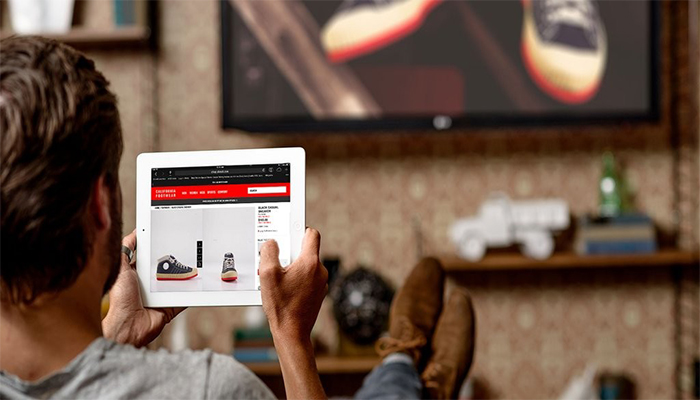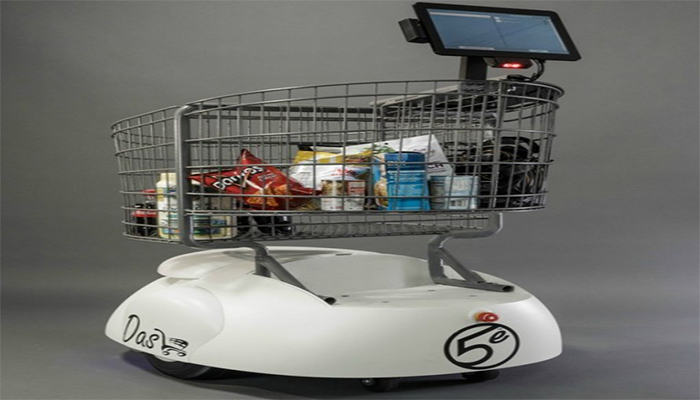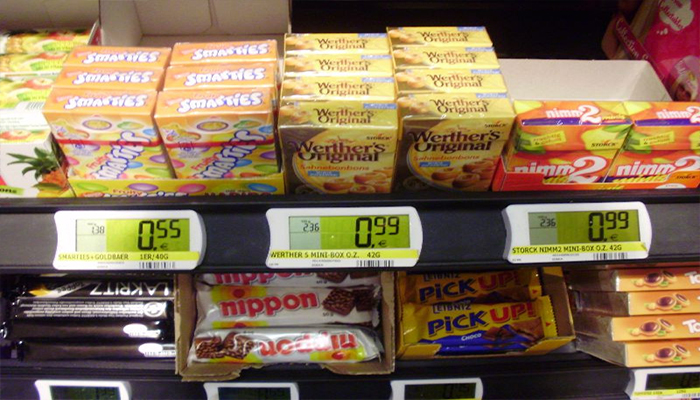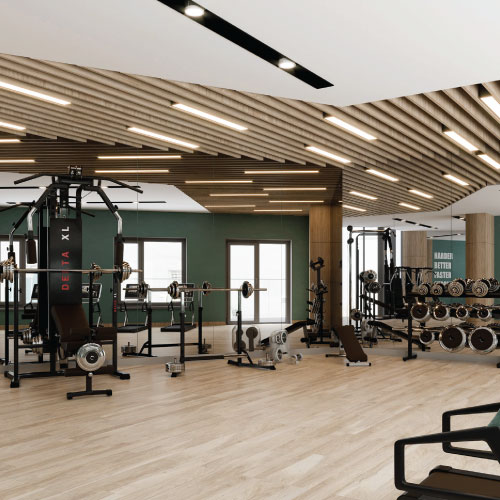Ever changing world of Retail

Today’s shopping habits are changing very fast. Companies need a real-time retail mix of brick and mortar as well as E-pick, click and pay into a complete system.
 Internet is completely changing the way consumers buy products, providing them with vast choices, faster information checks, and quicker service. The millennials are tech-savvy today, they are always browsing products on their mobile phones, checking their prices and other details. Thanks to online payment options and home delivery options, customers conserve time by making transactions online anytime, anywhere. It is 'Convenience' that drives other consumers to shop online, rather than expending time and energy traveling to a brick-and-mortar store. Time is extremely valuable these days and customers want to optimize their activities spread during the day, to gain few break or rest hours as well.
Internet is completely changing the way consumers buy products, providing them with vast choices, faster information checks, and quicker service. The millennials are tech-savvy today, they are always browsing products on their mobile phones, checking their prices and other details. Thanks to online payment options and home delivery options, customers conserve time by making transactions online anytime, anywhere. It is 'Convenience' that drives other consumers to shop online, rather than expending time and energy traveling to a brick-and-mortar store. Time is extremely valuable these days and customers want to optimize their activities spread during the day, to gain few break or rest hours as well.
Unlike before when customers liked to be served in a store, display a product, or provide a sales demo, today online product pictorial representation, clippings, and uploaded sales demo videos are doing the job of giving a sense and feel of the product before the purchase decision is made.
 Retail store employees must clear the misconception that online e-stores are cutting into store sales, in fact, they are reducing the workload of face-to-face customer service, and supplementing the store activities effectively. As the internet is 24/7, customers can shop at any convenient time, anywhere. This ensures they are at ease, shopping during non-stressful hours and this eliminates the unnecessary stress and conflict of face-to-face shopping experiences during busy hours of the day when a salesperson is heavily stressed and pulled between various customers queries, and complaints that eventually exhaust the enthusiasm to gives one’s best. Today online web chats are the best ways for sales support agents to guide customers through e-shopping sites, answering product inquiries and directing them towards final choice. thus half sales is almost completely before a customer can even walk-in the store.
Retail store employees must clear the misconception that online e-stores are cutting into store sales, in fact, they are reducing the workload of face-to-face customer service, and supplementing the store activities effectively. As the internet is 24/7, customers can shop at any convenient time, anywhere. This ensures they are at ease, shopping during non-stressful hours and this eliminates the unnecessary stress and conflict of face-to-face shopping experiences during busy hours of the day when a salesperson is heavily stressed and pulled between various customers queries, and complaints that eventually exhaust the enthusiasm to gives one’s best. Today online web chats are the best ways for sales support agents to guide customers through e-shopping sites, answering product inquiries and directing them towards final choice. thus half sales is almost completely before a customer can even walk-in the store.
Some of the tech trends in retail are
Robotic shopping cart:
 The inventor, Five Elements Robotics has released a fully autonomous shopping cart designed to lead shoppers through a grocery store, finding items on their shopping list, which they input into the cart via an app.
The inventor, Five Elements Robotics has released a fully autonomous shopping cart designed to lead shoppers through a grocery store, finding items on their shopping list, which they input into the cart via an app.
Dash Robotic Shopping cart will help increase revenues for store owners by ensuring the customer gets what they came for. Retailers can also program advertisements, key waypoints for featured displays and promotions so that the Dash cart takes the shoppers to these targeted displays.
The cart also features on-board checkout allowing customers to pay using credit cards, Apple Pay or Google Wallet. After payment, the cart takes the customer’s items to their car then returns itself to the store, ready for the next customer.
Digital changing screens:
 The retail sector is going through a fundamental change as companies find new ways to use data and intelligence. Technology is changing the future of shopping. Customers can shop via a screen, touchpad, and try on clothes virtually. It's all in the near future, thanks to technology. Digital mirrors in retail stores now aid you to visualize new outfits, lipstick or sunglasses or even assess which shades of makeup be it blusher or lipstick suits your skin tone. This is all helps to save time and effort with increase in customer satisfaction of overall shopping experience.
The retail sector is going through a fundamental change as companies find new ways to use data and intelligence. Technology is changing the future of shopping. Customers can shop via a screen, touchpad, and try on clothes virtually. It's all in the near future, thanks to technology. Digital mirrors in retail stores now aid you to visualize new outfits, lipstick or sunglasses or even assess which shades of makeup be it blusher or lipstick suits your skin tone. This is all helps to save time and effort with increase in customer satisfaction of overall shopping experience.
3D Shoe Scanners:
 Invertex technology helps customers find the perfect shoe size with 3-D scanning so that there is less time expended in trial and error and manual display of shoes. The system will scan the foot and produce a three-dimensional model that takes into account several dozens of individual parameters, and automatically selects the most suitable models from the collection store or more.
Invertex technology helps customers find the perfect shoe size with 3-D scanning so that there is less time expended in trial and error and manual display of shoes. The system will scan the foot and produce a three-dimensional model that takes into account several dozens of individual parameters, and automatically selects the most suitable models from the collection store or more.
Digital price tags :
Price tags flip every movement depending on the quantity available and demand /supply dynamics. Adjusting prices or marking down weekly specials would normally take hours, if not days, new technology makes it possible to change thousands of prices with the click of a button.
 More and more retailers are investing in electronic price tags – digital displays on products that can be updated quickly and easily from a central control. Digital displays are advantageous for a number of reasons. Without them, individual product tags must be changed manually – a time consuming and tedious task. It would also eliminate price discrepancies between the tag and the cash register and reduces customer complaints and returns.
More and more retailers are investing in electronic price tags – digital displays on products that can be updated quickly and easily from a central control. Digital displays are advantageous for a number of reasons. Without them, individual product tags must be changed manually – a time consuming and tedious task. It would also eliminate price discrepancies between the tag and the cash register and reduces customer complaints and returns.










